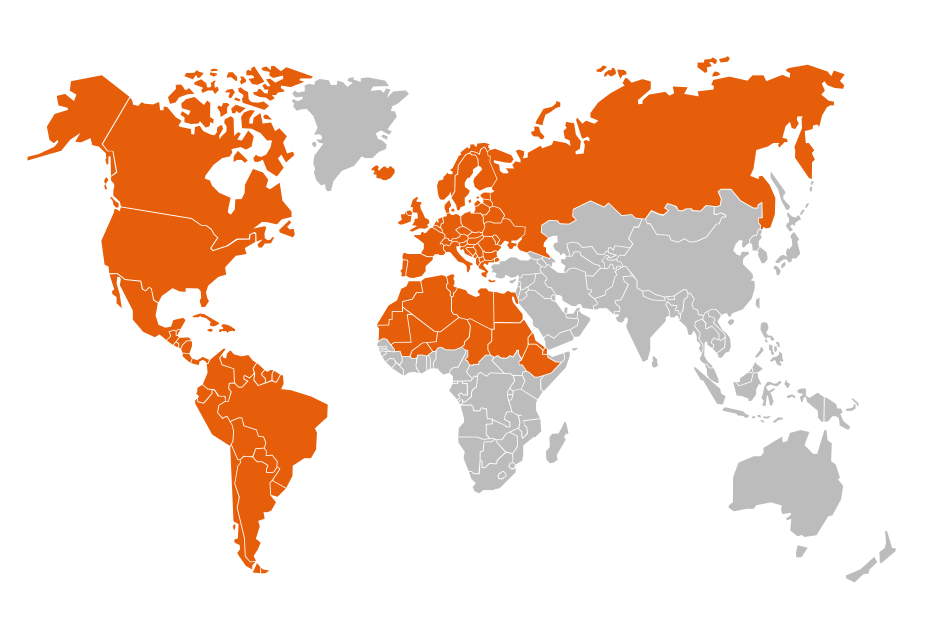Oak (dark grey)
The oak tree, we know from our forests or as solitary tree in the fields and meadows, belongs to a species of over 500 kinds and almost as many sub species. It is indigenous to the northern hemisphere around the globe, but partially also to the southern hemisphere. In Germany, the oak tree belongs, after the beech tree, to the most widespread and in forestry cultivated deciduous tree. As free-standing trees, they can form enormous tops of heights up to 40 m and with stem diameters often over 100 cm. Knot-free stem lengths of up to 16 m are not unusual.
Since historical times it has been used as building material in half-timbered building and ship building due to its extreme hardness and weathering resistance. It is also suitable for interior work especially in areas with increased humidity (Front doors, wall and ceiling covering). It is also a popular wood type in furniture manufacture because of its impressive marking and coloring. The coarse pores give the wood a prominent rustic appearance in addition to the lines of the annual rings. Interesting are the storage cells running diagonally to the growth direction and appearing as shimmering „Mirrors“; therefore the name „Mirror oak“ for specially selected veneer and boards.
| Botanical Name | Quercus-Lepidobalanus |
|---|---|
| Surface Variants | dark grey stained and transparent lacquered |
| Related Kinds | Sessile oak, English oak, Northern red oak, holly oak |
| Distribution | Europe, Asia, North Africa, North-, Middle-, South America |
| Systematology | Deciduous tree, hardwood, large pores, heartwood tree |
| Types/Variants | Solid Wood Natural Wood Veneered Wood |
